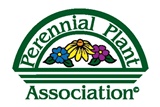Gardenscapes by Joanna LLC


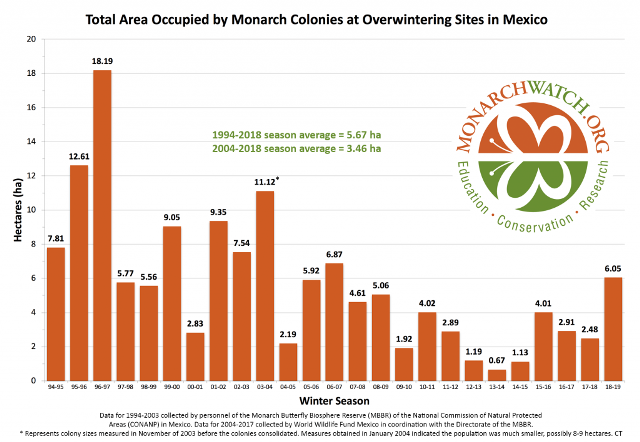
Call or E-mail us today!
Phone: (440) 935-5074
Please call for our landscaping services.
We design and install landscapes, patios and walkways.
Plant a Monarch Migration Station
and Help Save the Monarch Butterfly
Our company is a proud member of these organizations:
Rain Gardens
What is a Rain Garden?
A rain garden is a garden of native shrubs, perennials, and flowers planted in a small depression. It is designed to temporarily hold and soak in rain water runoff that flows from roofs, driveways, patios, lawns, or other hard (impervious) surfaces, preventing it from entering the storm sewer system. Using native shrubs and perennials enhance the beauty of yards and neighborhoods while providing natural habitat for birds, butterflies, hummingbirds and beneficial insects.
Soil and plant roots use natural processes to improve water quality by filtering pollutants. Rain gardens are effective in removing up to 90 percent of nutrients and chemicals, and up to 80 percent of sediments from the storm water runoff. Compared to a conventional lawn, rain gardens allow for 30 percent more water to soak into the ground.
The water is held by the garden and allowed to slowly infiltrate the soil, providing an important role in recharging ground water supplies and reducing storm water runoff volumes to local streams. A rain garden is not a pond or wetland, but is dry most of the time and typically holds water for not more than two days during and following a rainfall event.
According to the US Environmental Protection Agency (EPA), 70 percent of all water pollution comes from pollutants carried in storm water runoff. A few examples of these pollutants include pet waste, fertilizers, oils and greases from automobiles, and trash (i.e. non-point pollution sources).
Rain gardens are effective in removing up to 90 percent of nutrient and chemical pollutants and up to 80 percent of sediments from storm waters flowing into them. This polluted water would otherwise reach nearby streams, rivers, and lakes untreated. Not only are rain gardens helpful to water quality, they also create beautiful additions to any landscape and can help reduce localized flooding or standing water in nearby streets. Constructing, installing, and maintaining a rain garden will help reduce pollution and flooding, and help keep our local water supplies and recreational areas healthy.
Rain Garden Manual for Homeowners
SCROLL DOWN FOR PICTURES
Rain Gardens that also act as a Certified Wildlife Habitat.
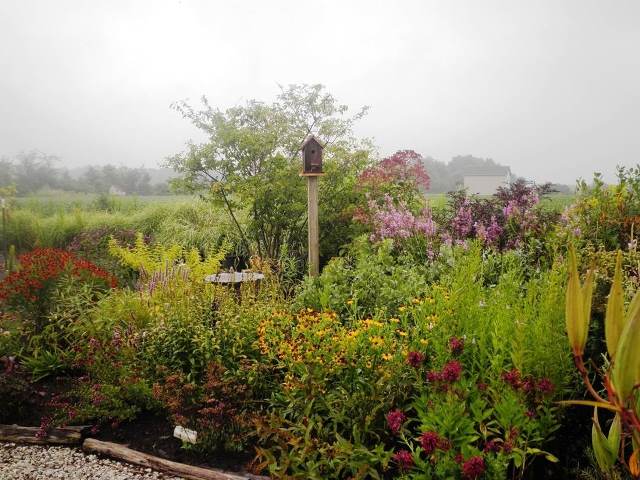
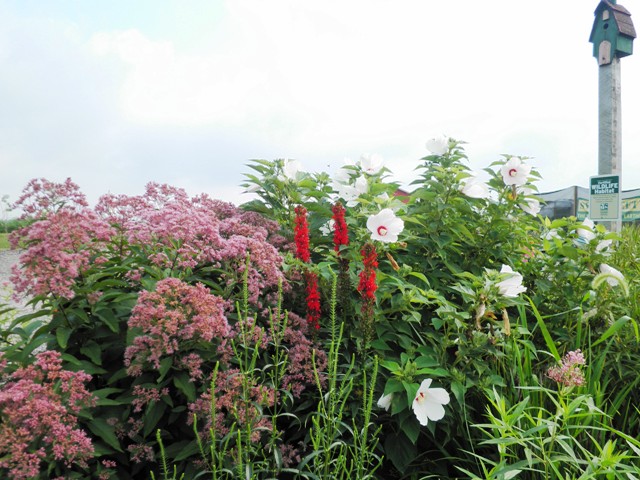
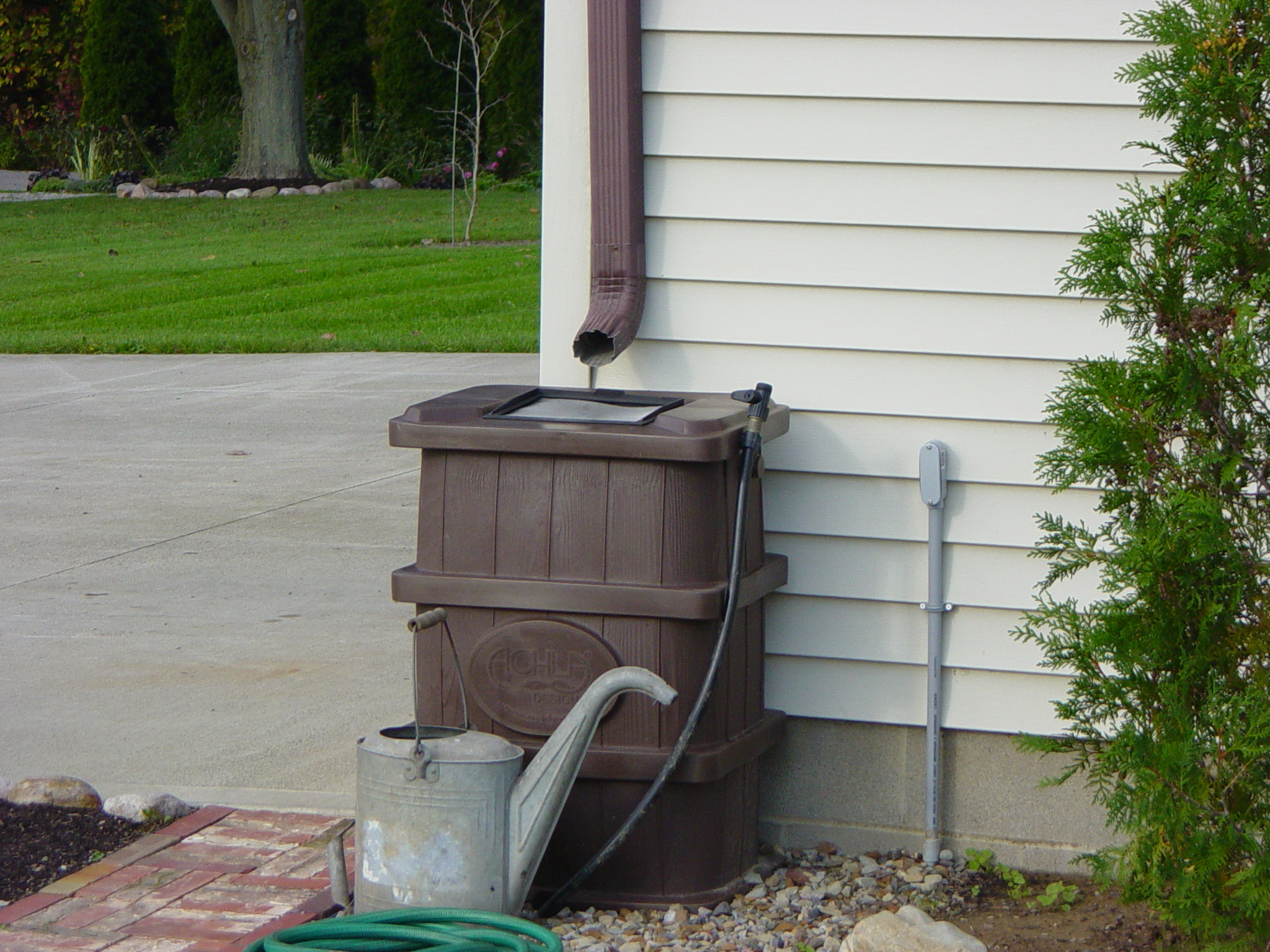
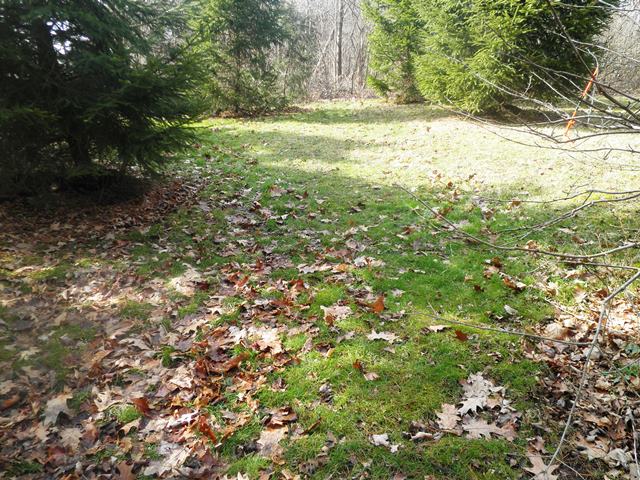
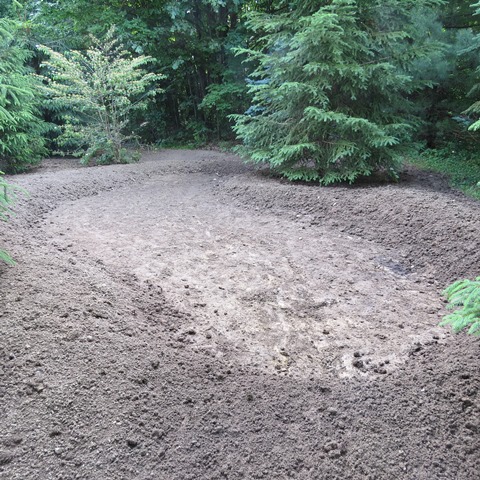
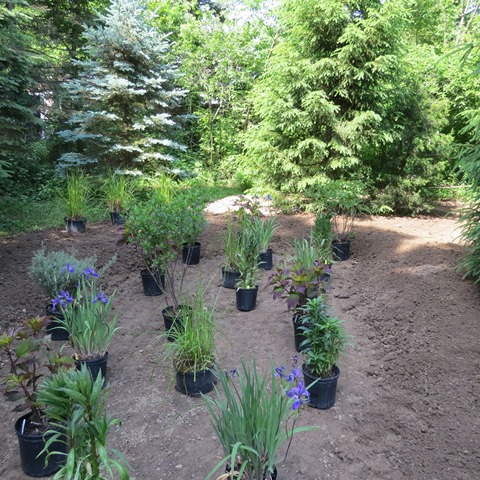
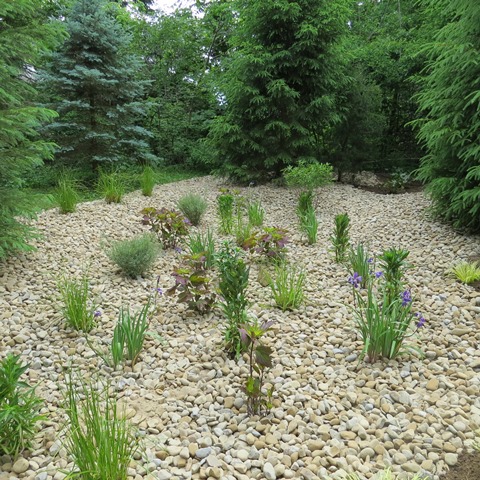
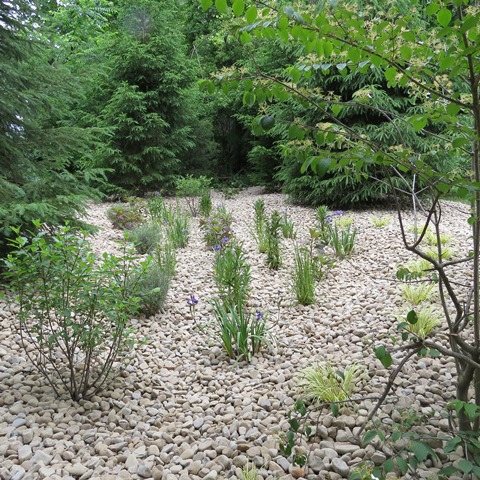
Thank you for visiting our website.
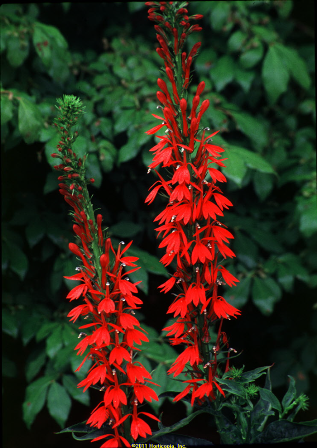
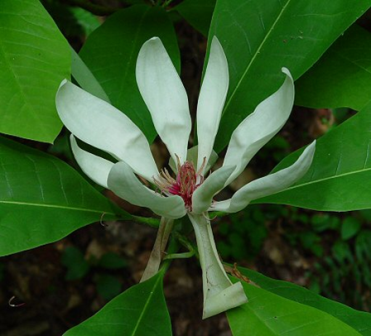
Copyright © 2010




